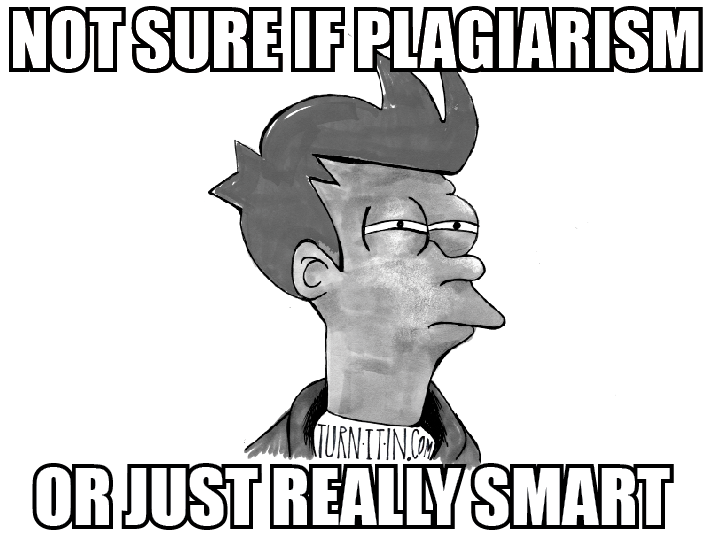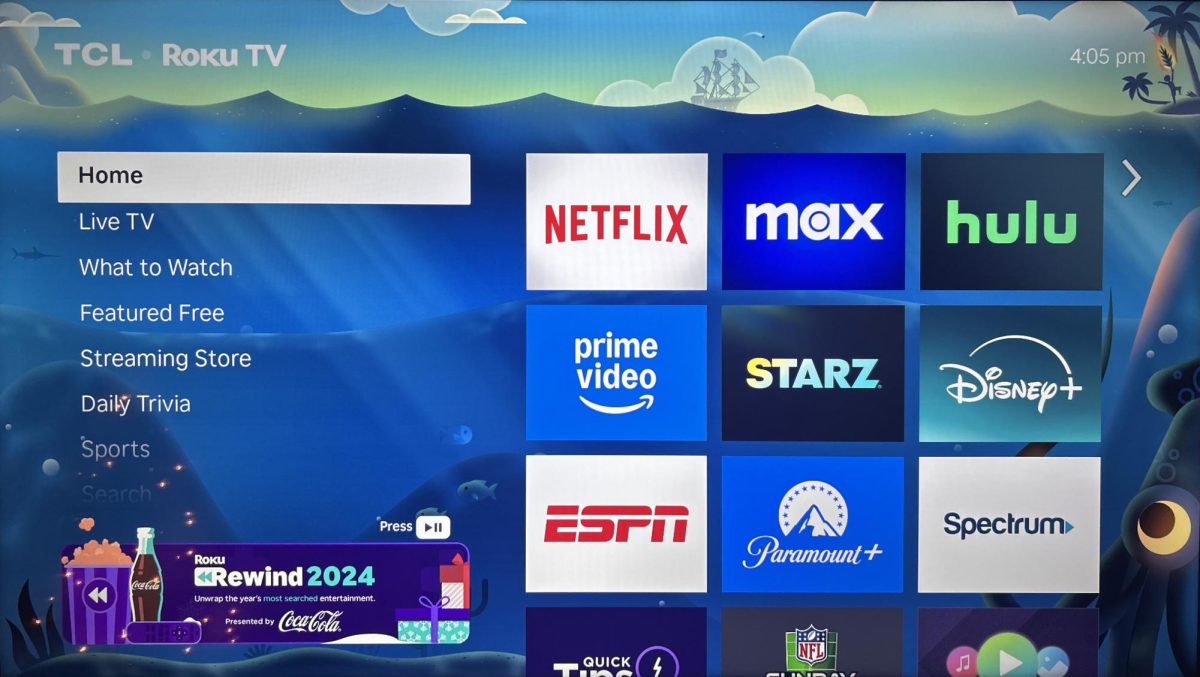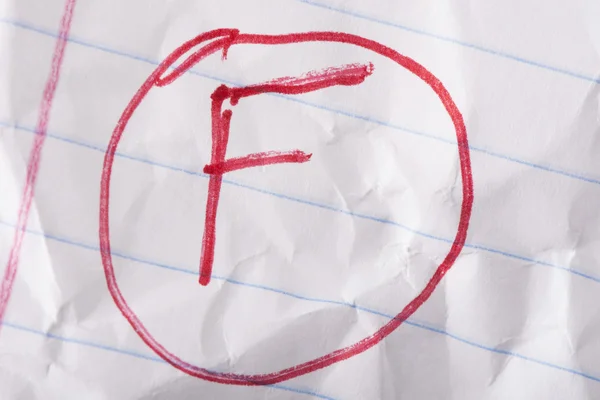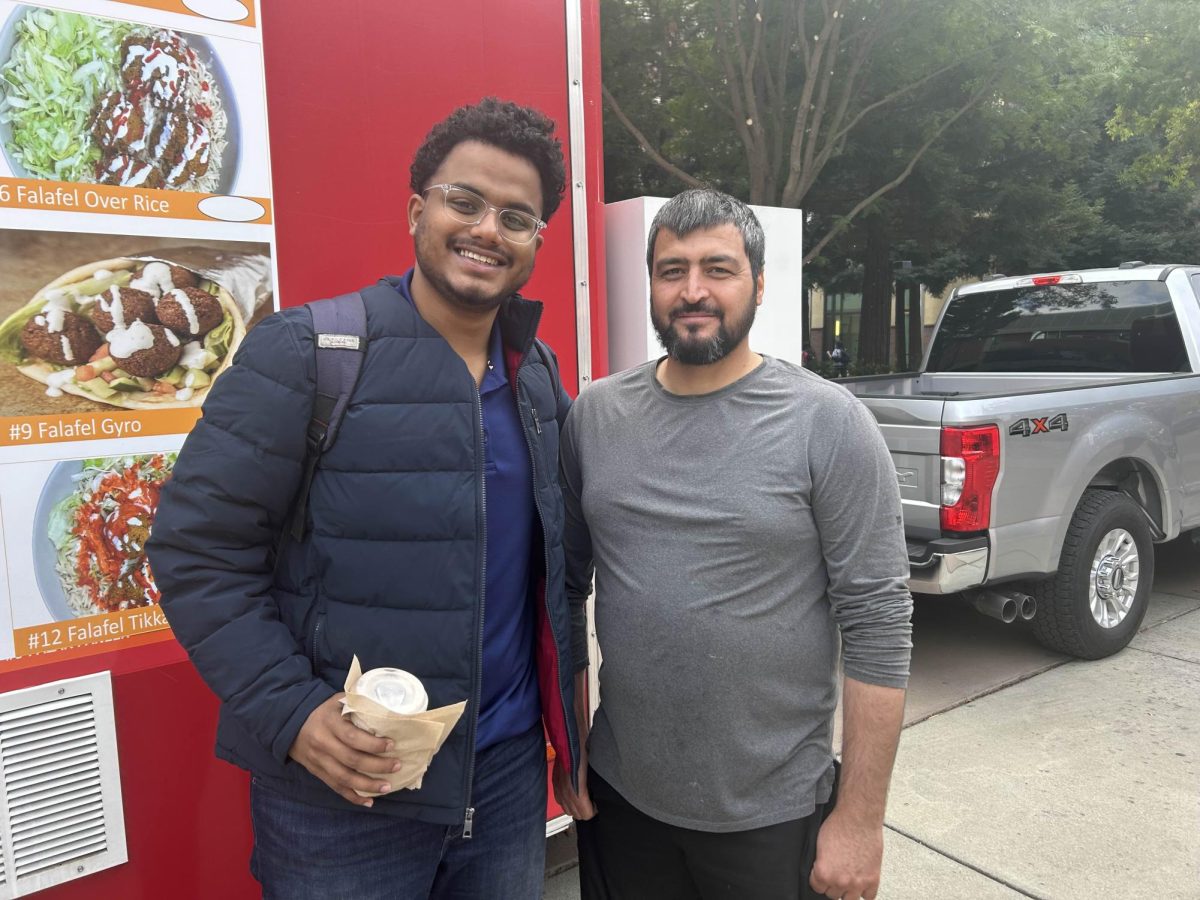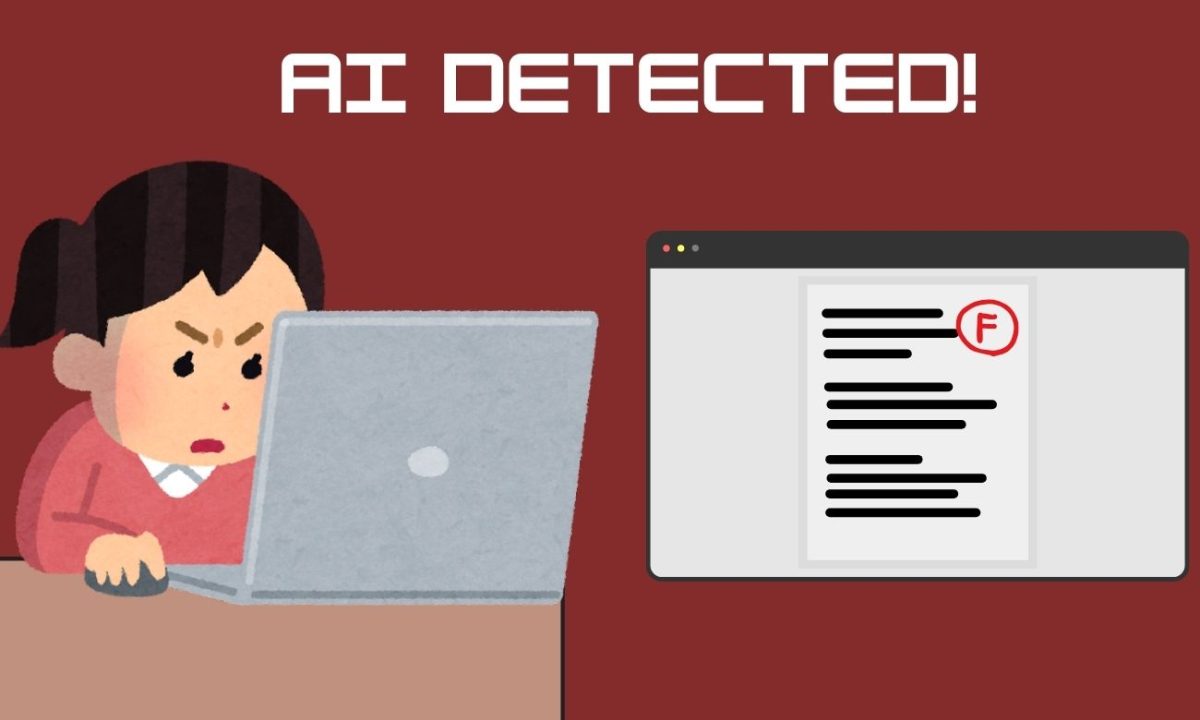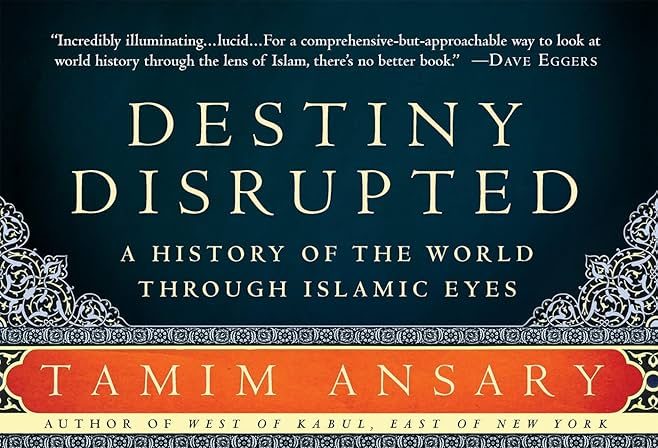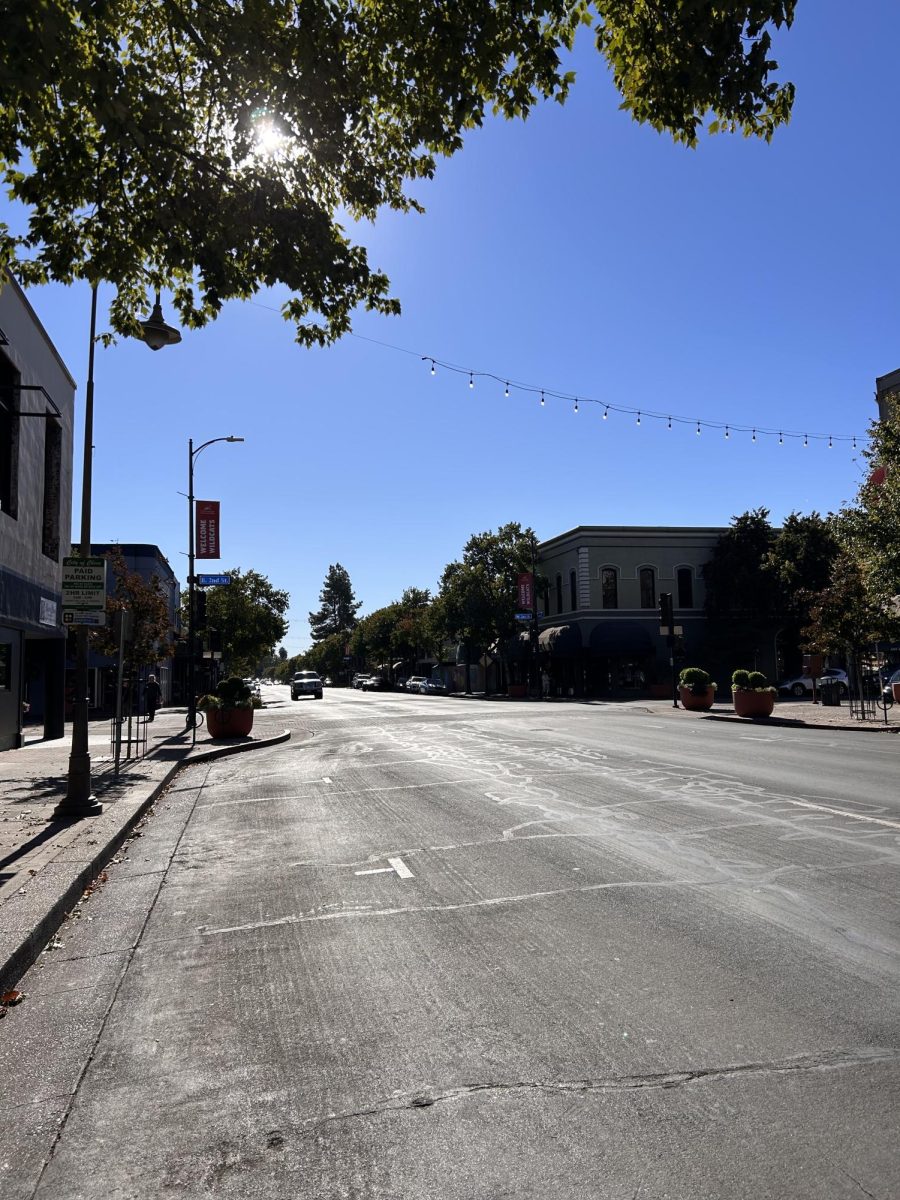Oh, the wonders of the Internet.
I can barely remember a time when students used to rent lots of books from the library to do research for an assignment. Now, all that information can be obtained through a few simple web searches.
Of course, this simplicity comes with a price. Students have easier access to other people’s ideas, and copying other’s words, can result in getting a zero on papers with possible expulsion from the university. However, the Internet has offered a solution with its own website that attempts to combat the plagiarism problem.
Turnitin.com was founded in 1995 by four UC Berkeley graduates who wanted to prevent students from plagiarizing their essays. The website requires students to submit an electronic copy of their paper, which it scans for similarities to other papers or articles and displays a percentage of how similar it is to other works.
I used Turnitin.com for the first time this semester because some of my classes utilize the website. While I think it’s great that Turnitin is making students aware of plagiarism, I don’t think a computer is the best judge of whether something’s copied.
I have never plagiarized and I have never been accused of it. I just hate to think that some student somewhere got sent to the dean’s office for “plagiarizing” when they actually didn’t. I find the system to be rather flawed in what it deems as similar to other works.
I recently submitted a paper to Turnitin, and it came back with a similarity rating of 20 percent, even though none of it constituted as plagiarism. About half of that percentage came from me using direct quotes from other sources to provide context or refutation.
That was part of the assignment, and I gave attribution to the original authors in all cases. Yet, it still marked these quotes as “similar.”
That should not count. Merriam-Webster defines plagiarism as “The act of using another person’s words or ideas without giving credit to that person.” However, I did give credit and made it clear those were not my ideas. If I submitted this article to Turnitin, it would probably accuse me of stealing from Merriam-Webster.
The other half was marked as similar to other student papers submitted to the database. How was I supposed to know about those? They aren’t even available in any search engines. Writing something similar to a student I’ve never met in a state I’ve never been to shouldn’t cause any alarms. I guess the idea is to try and get me to reword my sentences, but they should not make me feel like I’ve stolen something. I don’t need to feel anxiety over “stealing” when I haven’t done it. It even lists the titles of articles I put on the reference page as similar to other student papers. When students research the same topic, there is going to be overlap in sources used and cited. Get it together, Turnitin.
I appreciate what Turnitin is trying to do, but it should just be one tool for checking a student’s paper for originality. If a professor feels skeptical about a student’s paper, they can use Turnitin to double check, but it should not be the sole factor for determining plagiarism. A physical person is going to be a much better judge of that than a website.
Nick Sestanovich can be reached at [email protected] or @Nsestanovich on Twitter.
Illustration by Liz Coffee.



